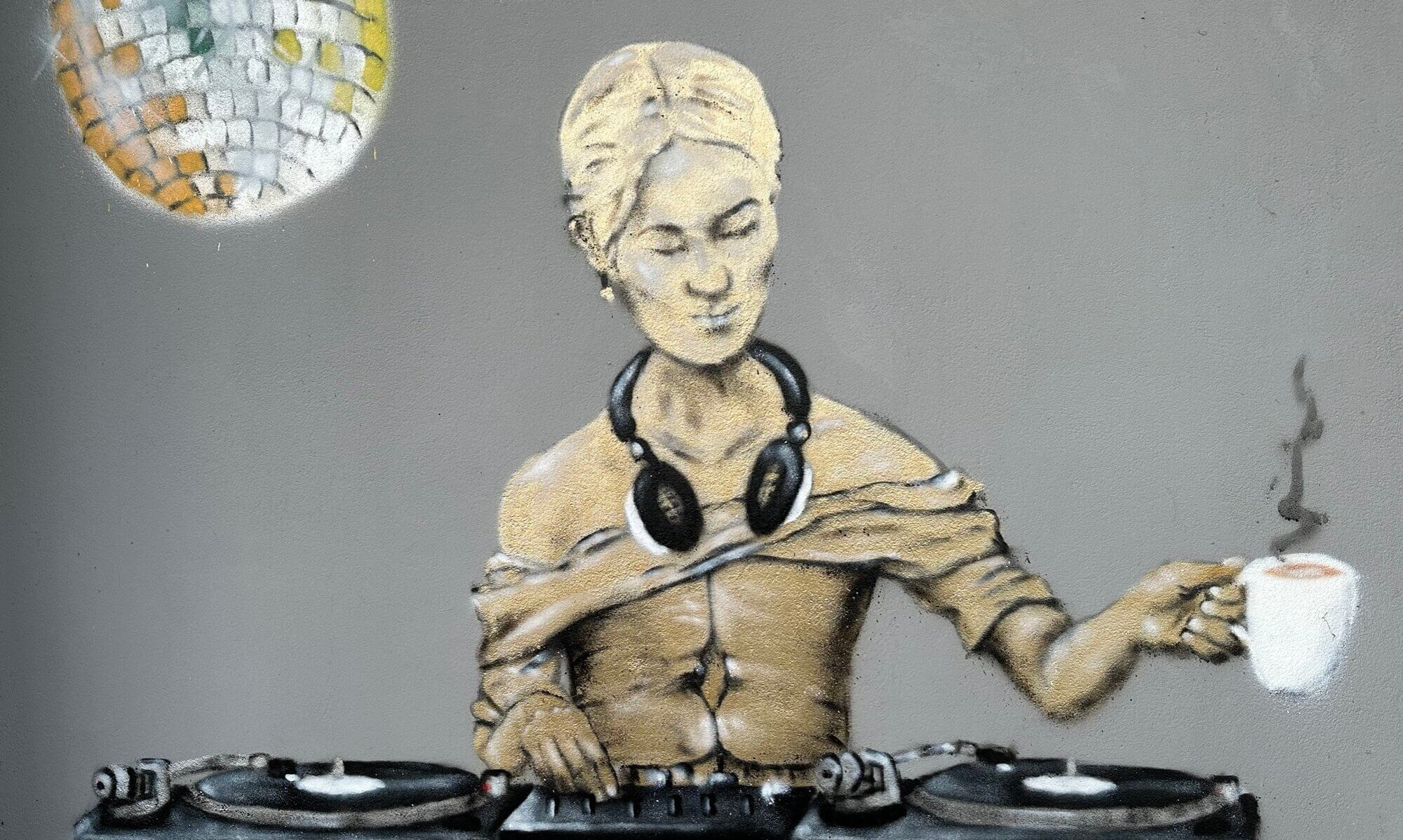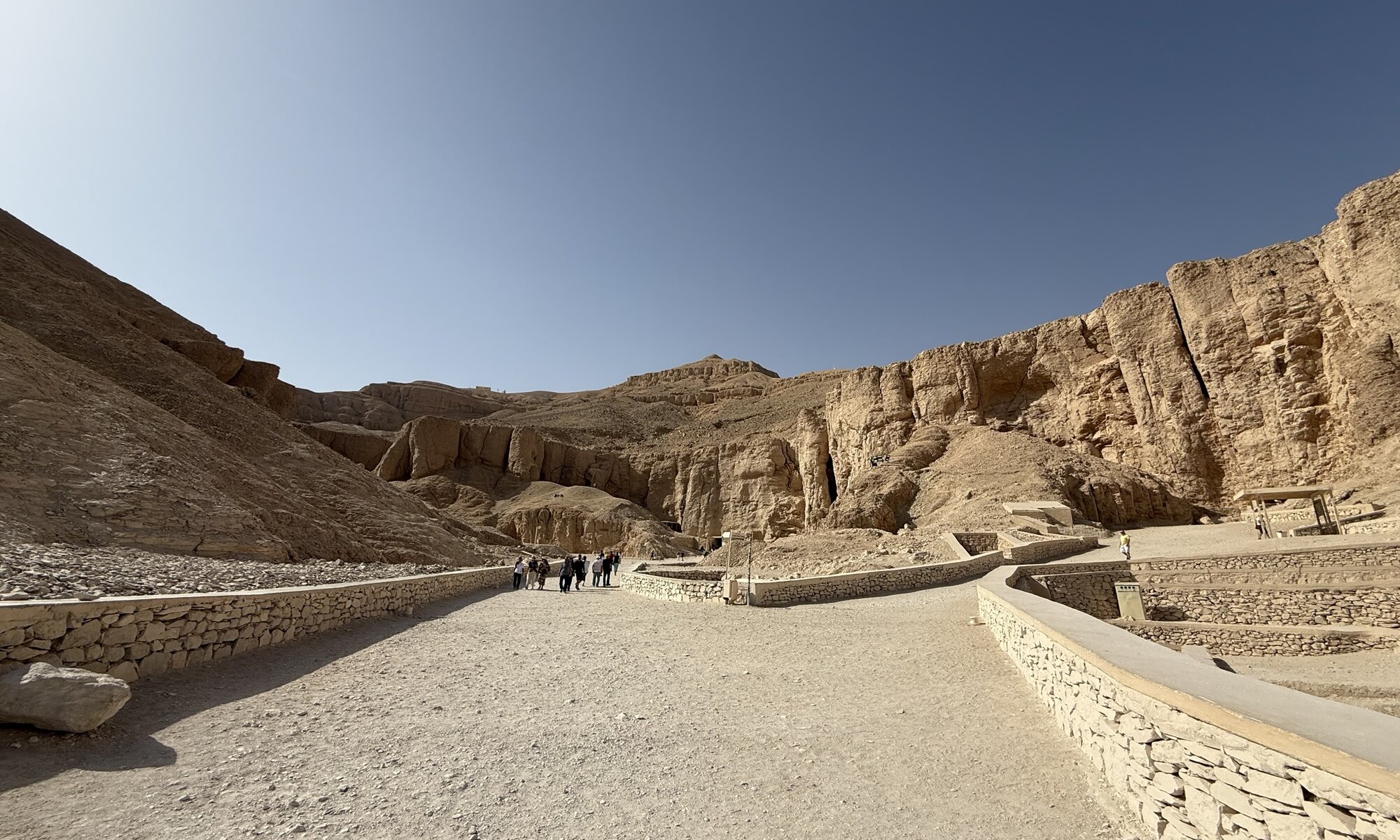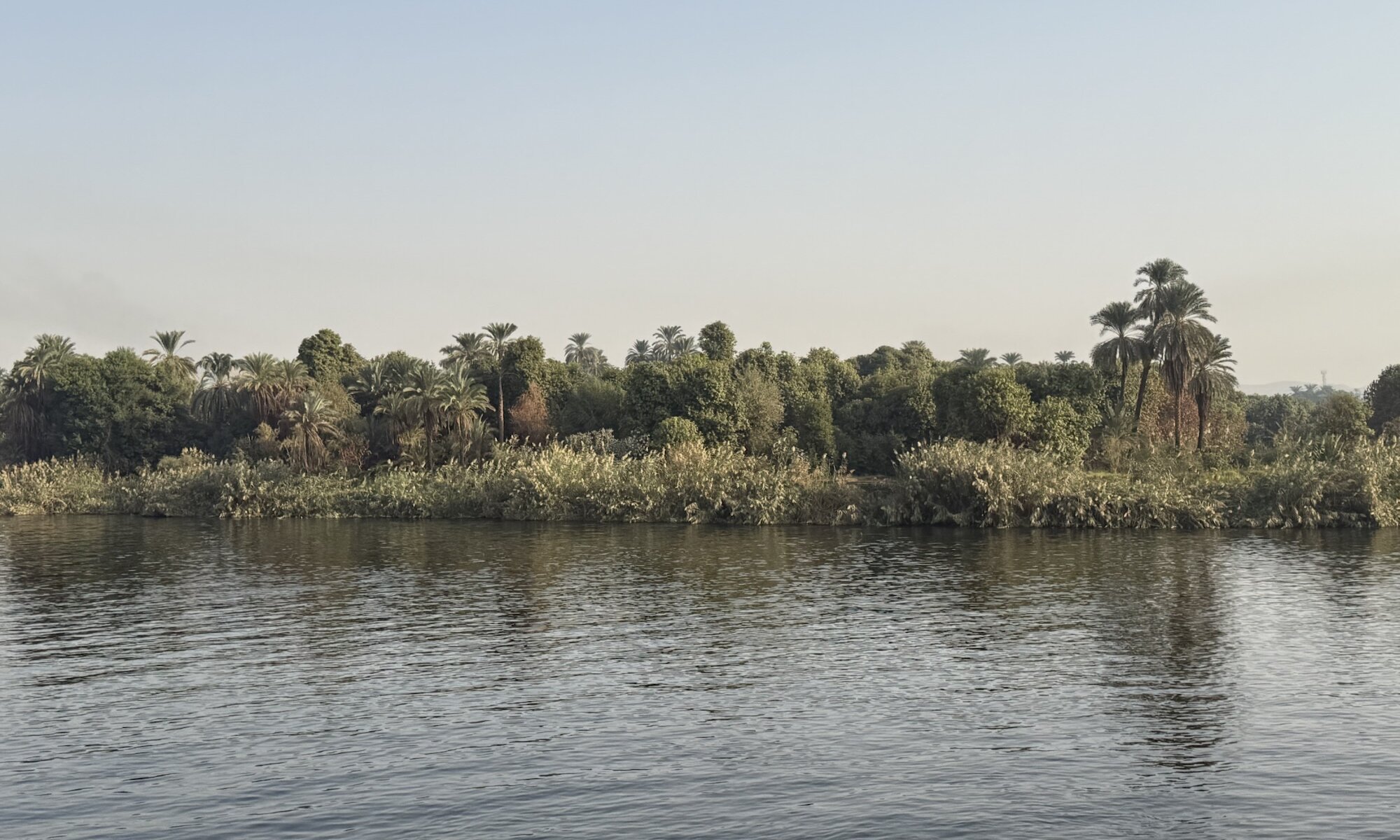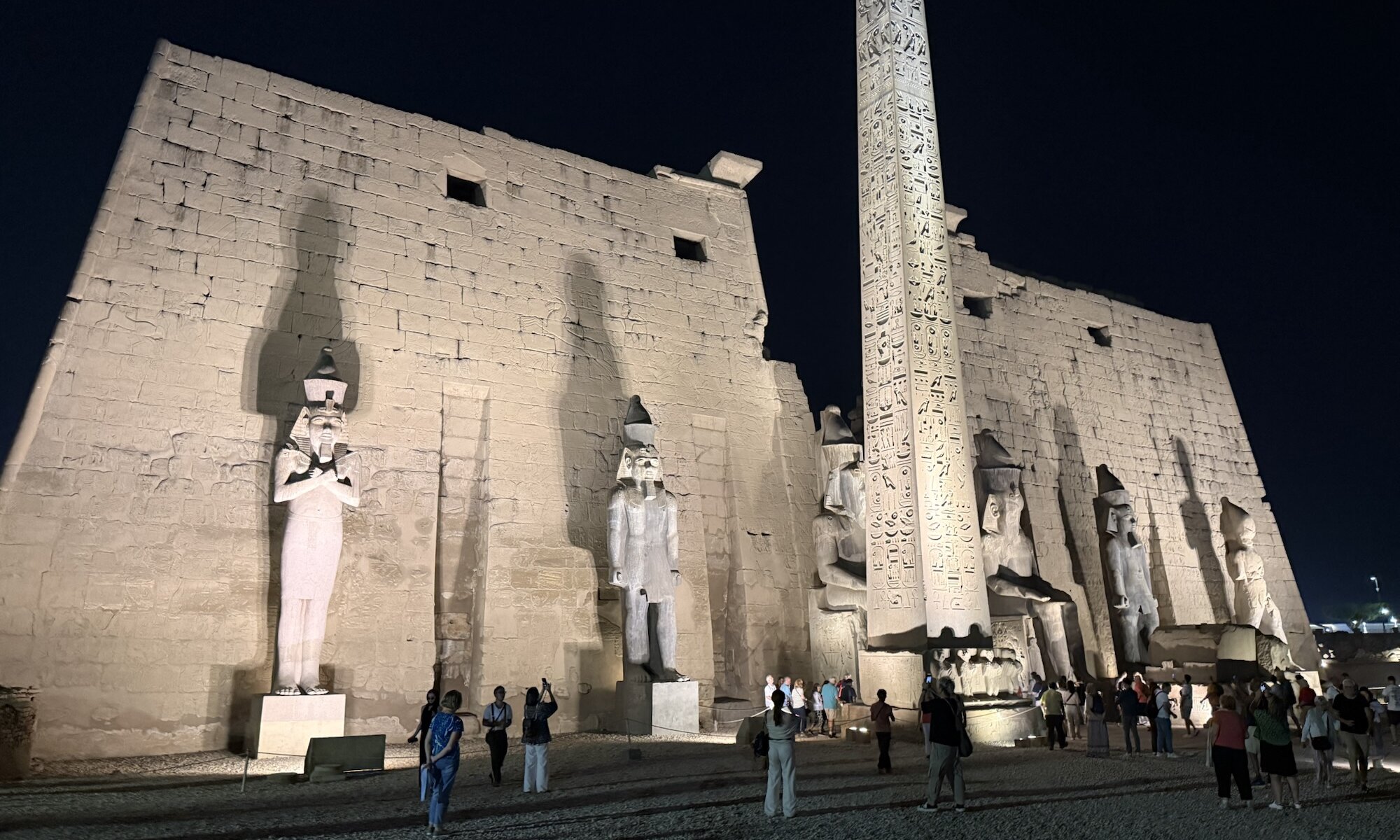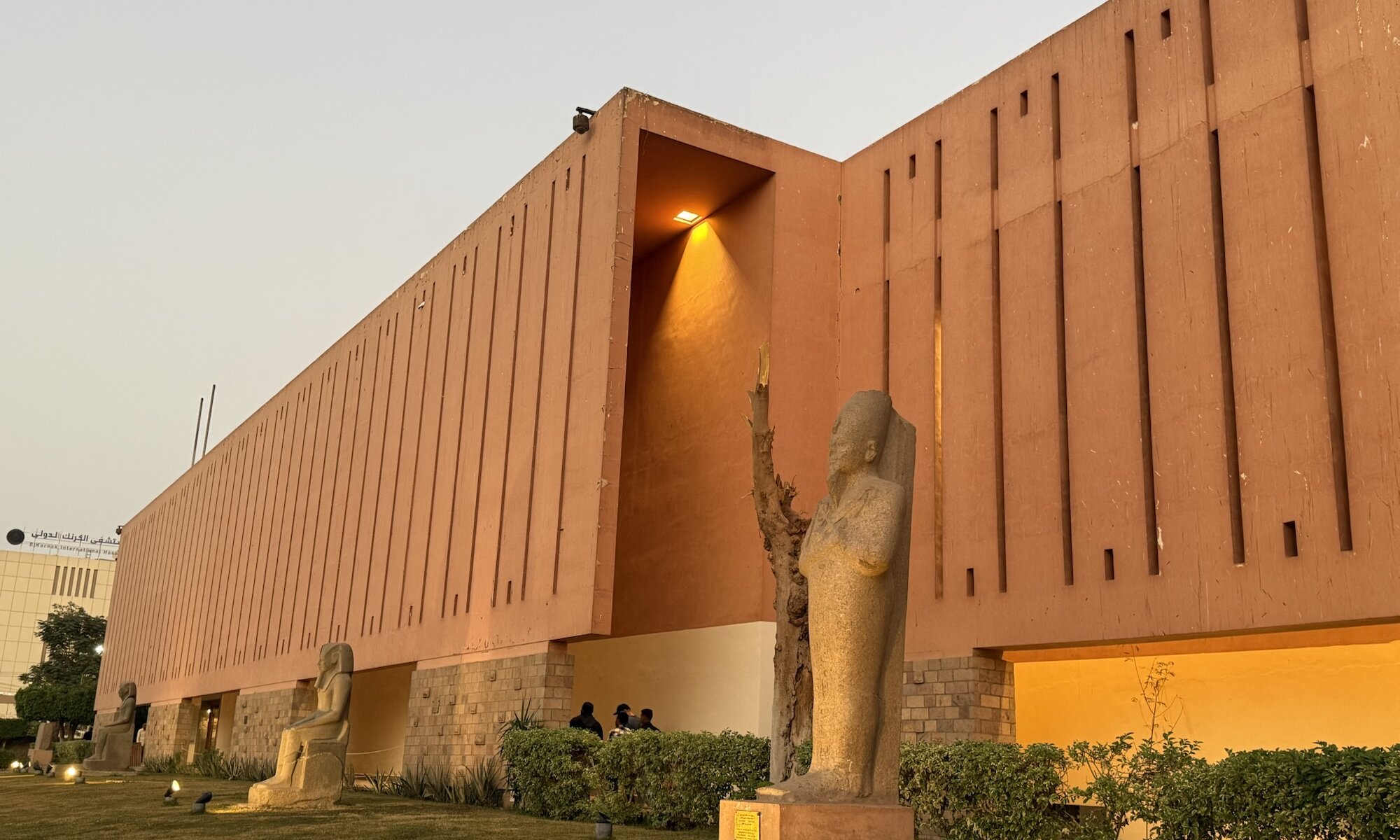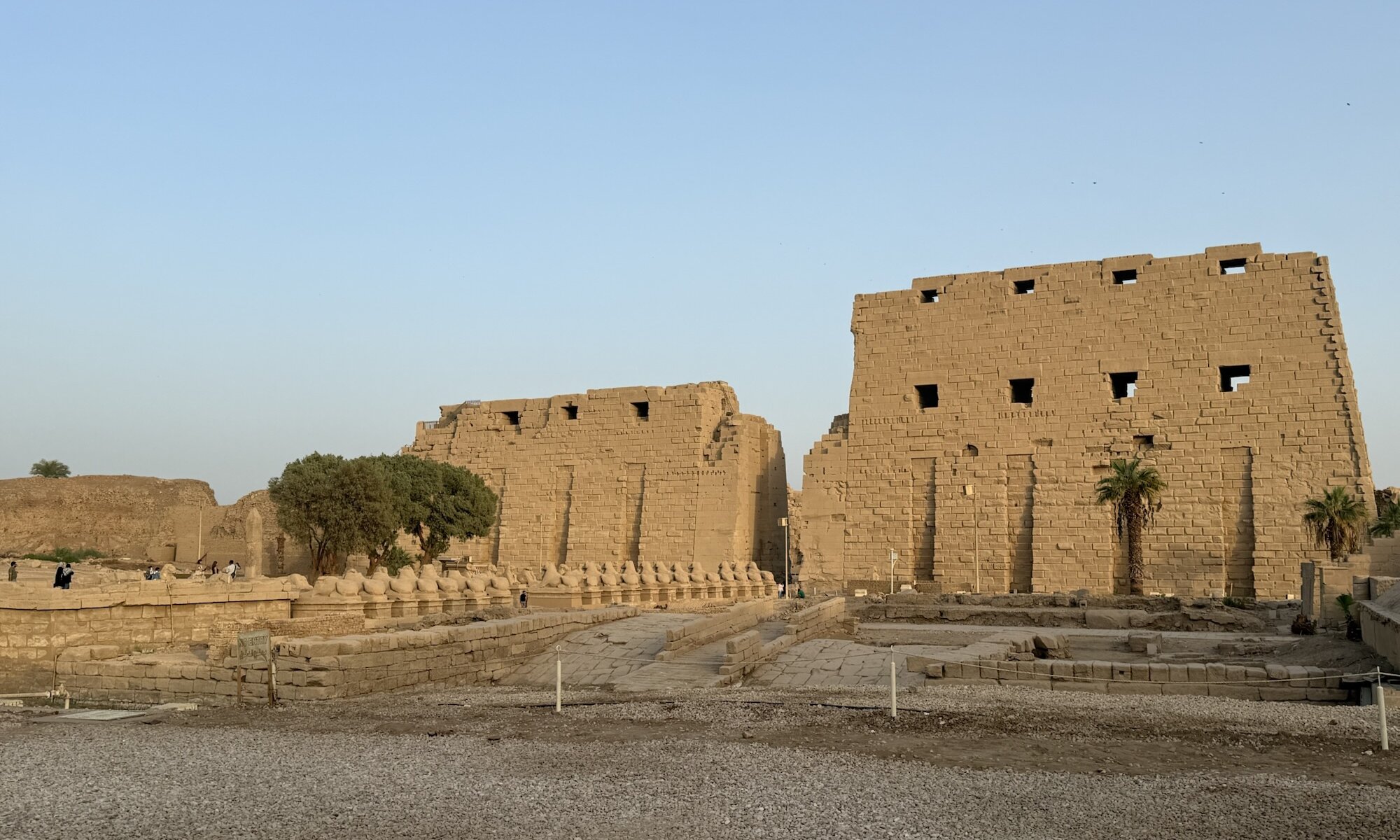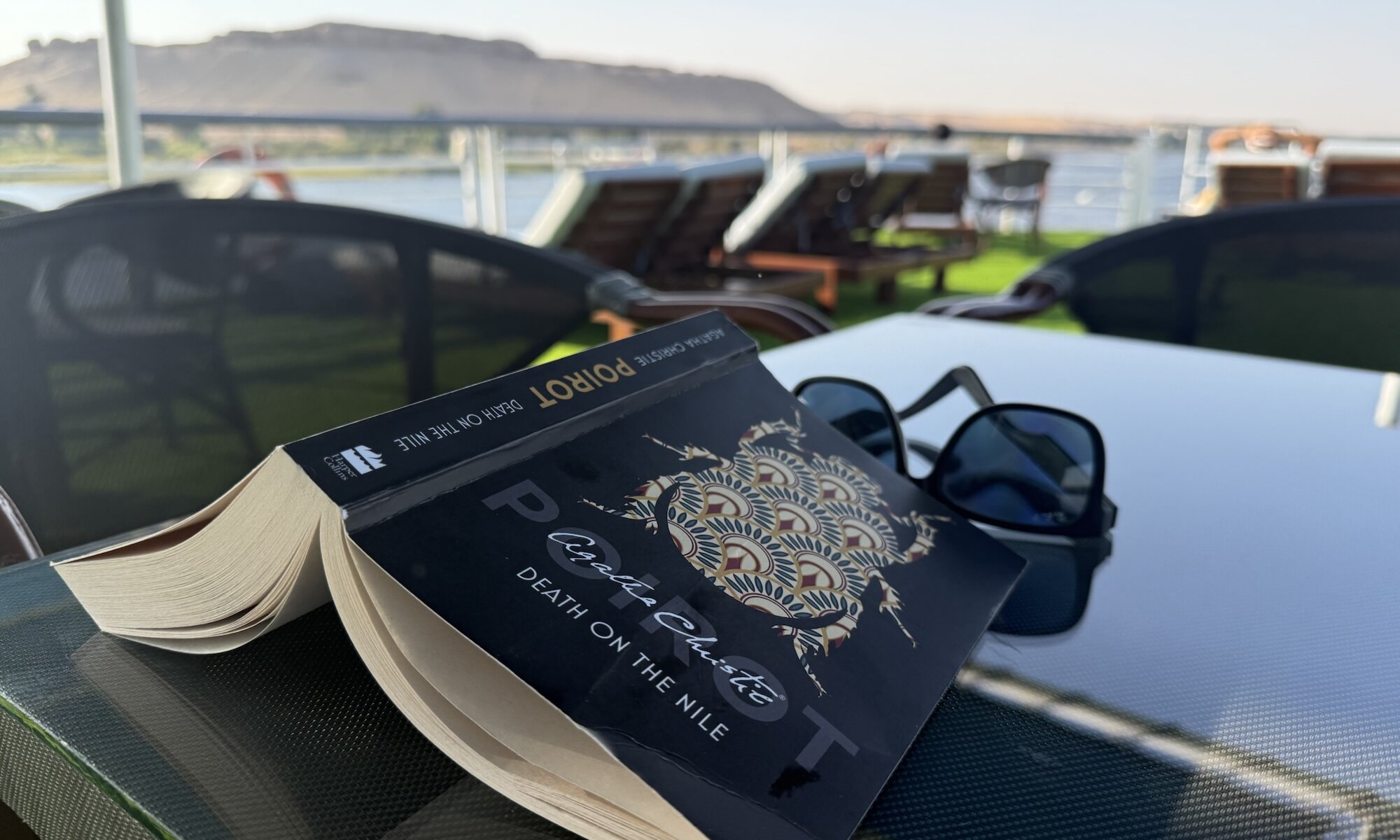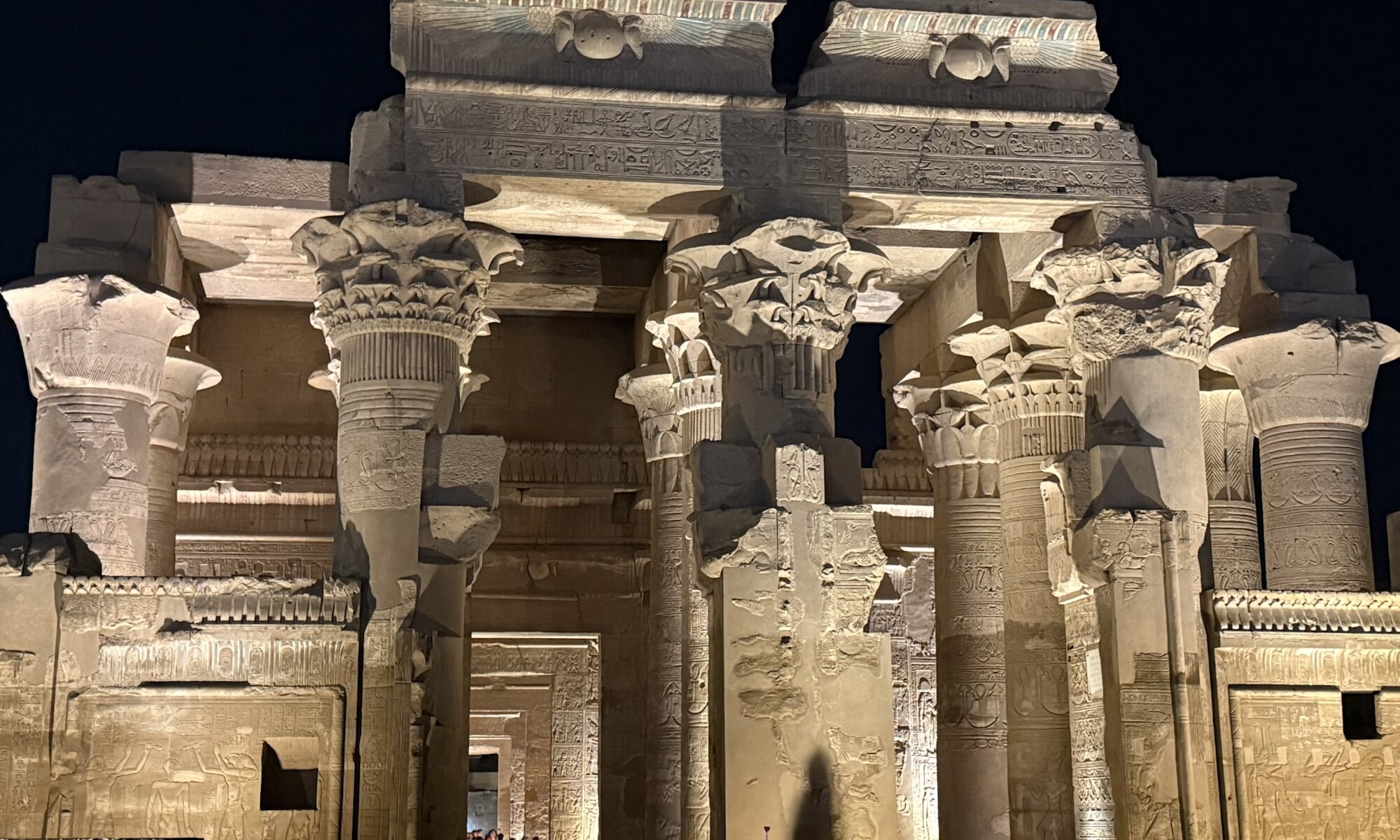The Valley of the Kings is a renowned archaeological site located on the west bank of the Nile near الأقصر, Egypt. It served as the burial ground for Egypt’s royalty and powerful nobles during the New Kingdom period, roughly from 1539 BC to 1075 BC. The valley consists mainly of rock-cut tombs, carved deep into the hillsides beneath the peak known as al-Qurn, which is shaped like a pyramid and likely symbolised the royal power of the New Kingdom pharaohs. This secluded location was chosen to deter grave robbers, guarded by special police known as the Medjay, and it marked a shift from the grand pyramid tombs of earlier times to more discreet, elaborate subterranean burial chambers.
Continue reading “Valley of the Kings”Nile cruise
The classic Nile cruise from أسوان to الأقصر feels like slipping into a slower rhythm of travel, where the motion of the river sets the pace for everything else. Days fall into a gentle pattern of temple visits in the cool morning, long lunches on board, and lazy afternoons stretched out on the sundeck watching palms, feluccas and riverside villages slide by. Even on a modern five‑star boat, there is a sense of following a very old route, with the call to prayer drifting over the water at dusk and the banks glowing gold as the sun drops behind the desert. By night, the river is quiet, the temples lit in the distance, and you sit over dinner realising that most of the day has been spent simply looking at the Nile.
Continue reading “Nile cruise”Luxor
The Temple of Luxor, situated on the east bank of the Nile in the ancient city of Thebes, dates back to approximately 1400 BCE during Egypt’s New Kingdom era. It was first constructed by Pharaoh Amenhotep III and subsequently expanded by notable rulers such as Tutankhamun and Ramses II. This temple complex was primarily dedicated to the Theban triad of the god Amun-Ra, his consort Mut, and their son Khonsu. Historically, the temple played a crucial role in religious and royal ceremonies, particularly the Opet Festival, an annual event where the statues of these deities were ceremonially transported from Karnak to الأقصر along an avenue lined with sphinxes, symbolizing the rejuvenation of kingship.
Continue reading “Luxor”Mummies
The Luxor Museum, located on the Nile’s east bank between Luxor Temple and Karnak, offers one of Egypt’s most refined presentations of ancient artefacts. Unlike the grand and crowded Egyptian Museum in القاهرة, this museum is distinguished by its elegance, intelligent lighting, and uncluttered displays. Its modern architecture, with clean lines and glass cases, creates an almost meditative atmosphere that allows visitors to appreciate each piece in quiet detail. The museum’s two floors are thoughtfully arranged to illustrate the artistic and political development of Thebes, the ancient city that once stood where الأقصر does today.
Continue reading “Mummies”Karnak
The Temple of Karnak, located on the east bank of the Nile in modern-day الأقصر, stands as one of the most extraordinary and extensive religious complexes in the ancient world. Its construction began around 1971 BCE during the reign of Senusret I in the Middle Kingdom and continued for approximately one and a half millennia through the contributions of about thirty successive pharaohs. Originally modest in scale, Karnak expanded to become a sprawling sacred site dedicated predominantly to the god Amun-Re, along with precincts honouring the gods Mut and Montu. This temple was not only a religious centre but a vibrant estate, housing priests and craftsmen who maintained its grandeur, making it a vital hub of worship and royal power in ancient Egypt.
Continue reading “Karnak”Death on the Nile
Agatha Christie’s Death on the Nile unfolds as a captivating tale of passion, jealousy, and murder set against the mesmerising backdrop of early twentieth-century Egypt. The story begins in England, where the wealthy heiress Linnet Ridgeway, admired for her beauty and fortune, marries Simon Doyle, much to the shock of her close circle. Their marriage provokes the resentment of Jacqueline de Bellefort, Linnet’s former friend and Simon’s ex-fiancée, who feels deeply betrayed. Determined to haunt the newlyweds wherever they go, Jacqueline follows them relentlessly, setting the stage for an explosive confrontation far from home.
Continue reading “Death on the Nile”Kom Ombo
The Temple of Kom Ombo, situated on the east bank of the Nile in Upper Egypt, dates from the Ptolemaic period between roughly 180 and 47 BCE. It was initiated under Ptolemy VI Philometor and later enhanced by subsequent rulers like Ptolemy XII, with some Roman period additions. This temple is notable for its unusual and deliberate architectural symmetry, as it is dedicated to two distinct gods: Sobek, the crocodile god linked to fertility and the Nile, and Horus (Haroeris), the falcon-headed god of the sky and kingship. Kom Ombo’s dual design reflects this religious duality, incorporating two entrances, courts, hypostyle halls, sanctuaries, and chambers within one complex, making it unique among ancient Egyptian temples.
Continue reading “Kom Ombo”The Nile
The Nile river, often described as the lifeblood of Egypt, has shaped the geography and civilisation of North Africa for thousands of years. Flowing northwards for over 6,600 kilometres through eleven countries, it ultimately reaches the Mediterranean Sea, creating one of the world’s most fertile river deltas. Within Egypt, the river courses through an arid desert landscape, transforming it into a narrow corridor of greenery bordered by vast expanses of sand. This dramatic contrast between desert and life-giving water has determined where people have settled, how they have farmed, and even how their culture has developed.
Continue reading “The Nile”Abu Simbel
The Temple of أبو سمبل, an extraordinary archaeological marvel of ancient Egypt, was commissioned by Pharaoh Ramesses II in the 13th century BCE during the New Kingdom period. Situated in Nubia near the present-day border of Sudan, it was built to demonstrate Ramesses II’s power, solidify his presence in the region, and honour prominent Egyptian deities such as Amun, Ra-Horakhty, and Ptah, as well as the pharaoh himself. The grandiose complex comprises two rock-cut temples: the Great Temple dedicated to Ramesses II and the smaller temple dedicated to his queen, Nefertari, which is notably one of the few Egyptian temples honouring a queen as an equal to the pharaoh. The temple walls vividly depict Ramesses’ military victories, including the famous Battle of Kadesh, marking the site as as much a monument of power as it was one of religious devotion.
Continue reading “Abu Simbel”Temple of Philae
The Temple of Philae stands as one of Egypt’s most enchanting ancient monuments, steeped in myth and history. Dedicated to Isis, the goddess of magic and motherhood, the sanctuary was originally erected on Philae Island near أسوان during the late Pharaonic period under Nectanebo I and expanded during the Ptolemaic era. Its creation flourished especially under Ptolemy II and III, blending Egyptian religious traditions with Hellenistic artistry. When Christianity spread through Egypt, the temple’s role as a pagan sanctuary faded; its halls were converted into churches, marking a poignant transition in Egypt’s spiritual evolution. Yet across centuries, the site preserved the essence of faith and continuity on the Nile’s southern frontier.
Continue reading “Temple of Philae”